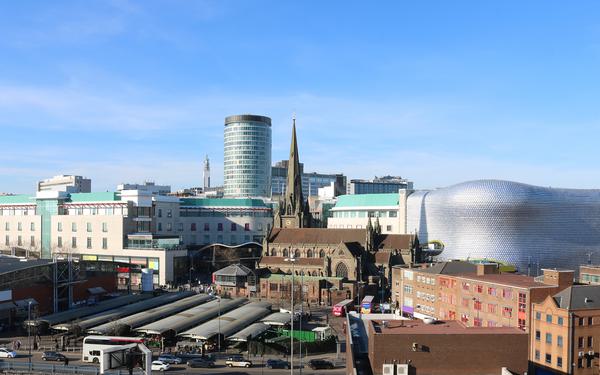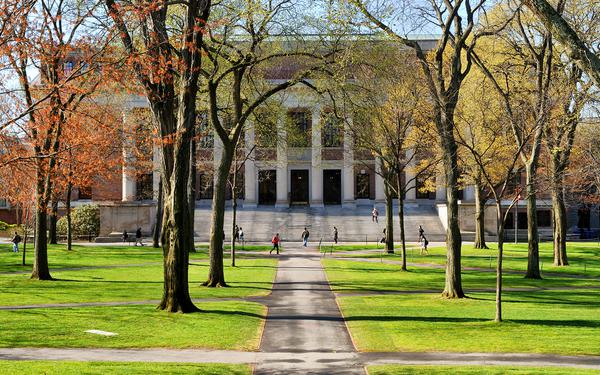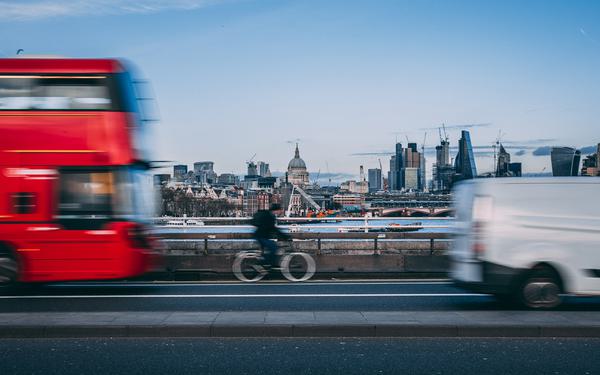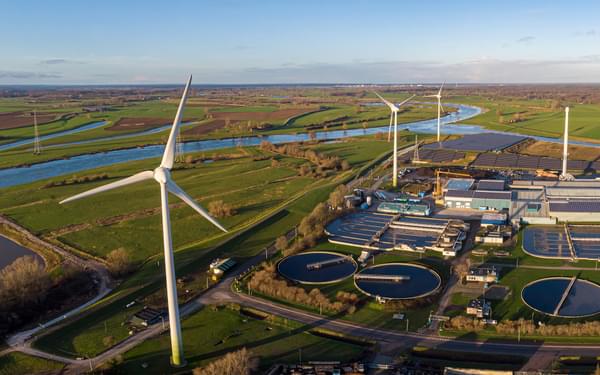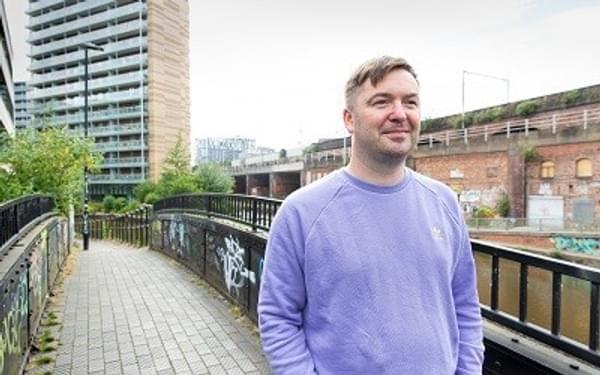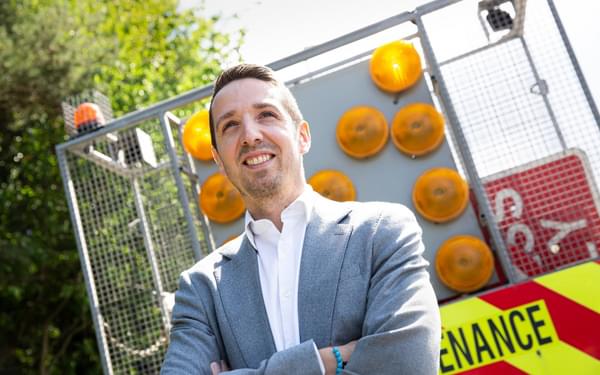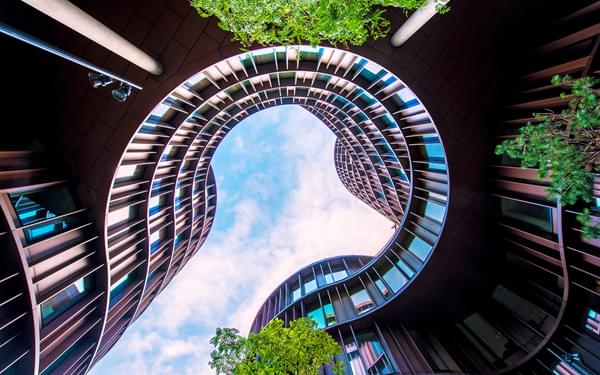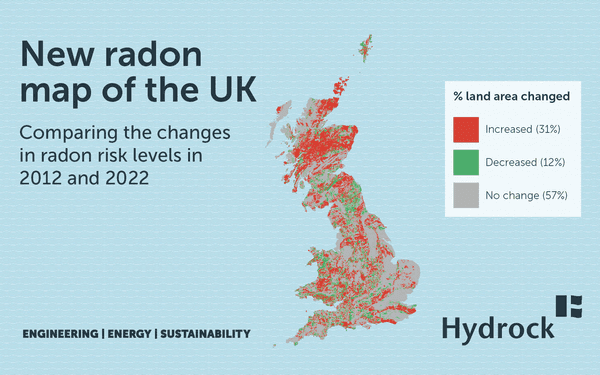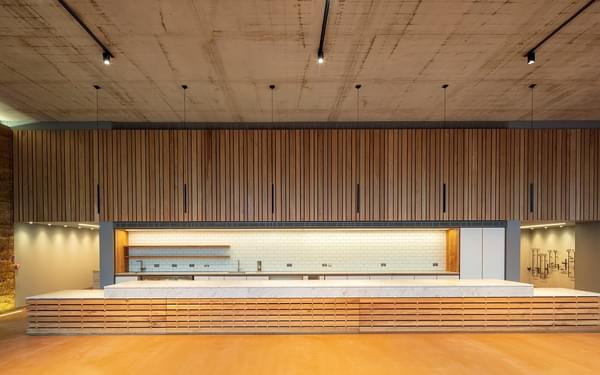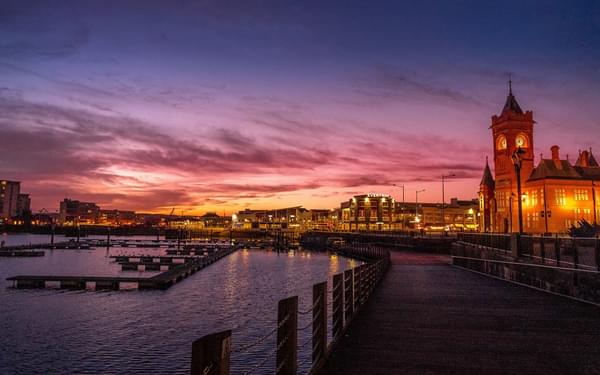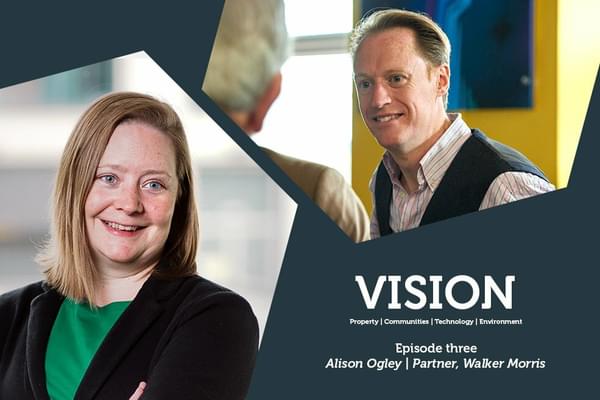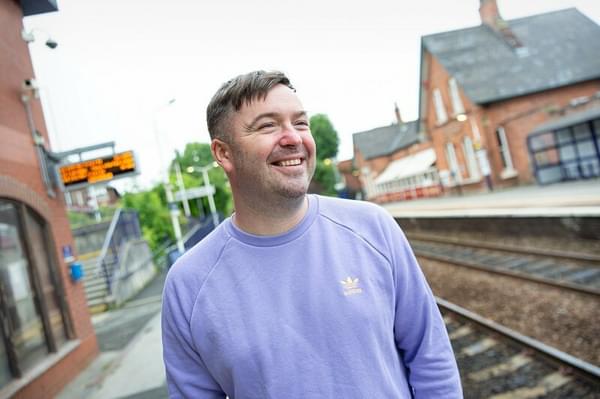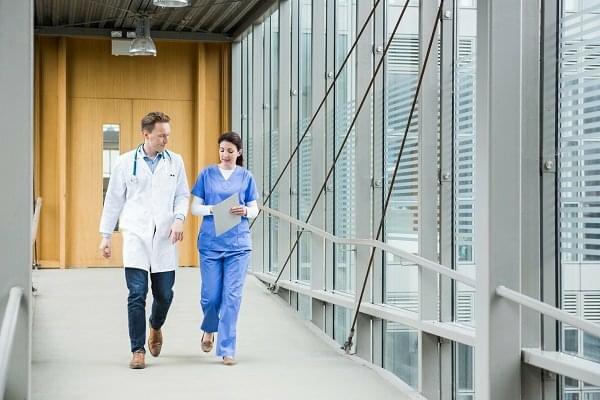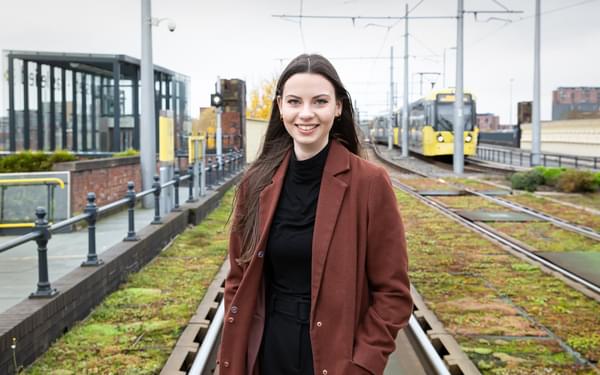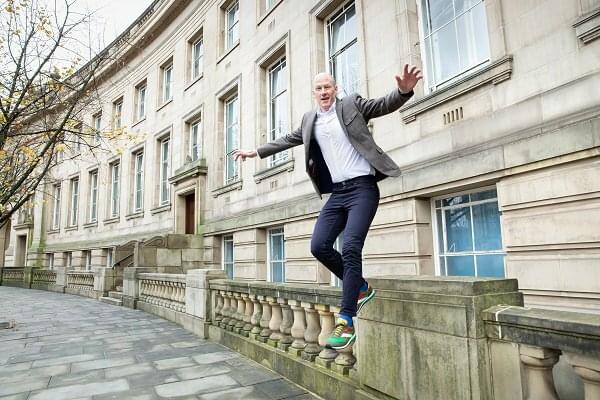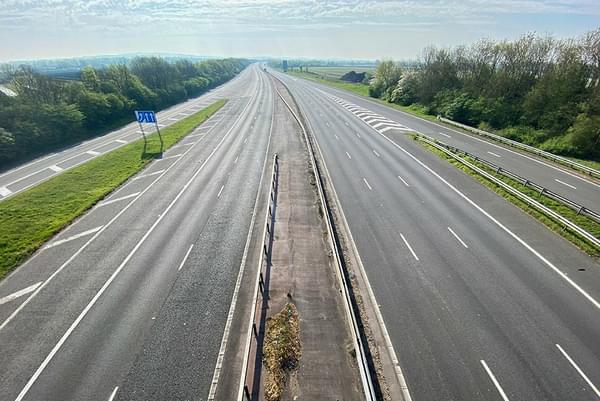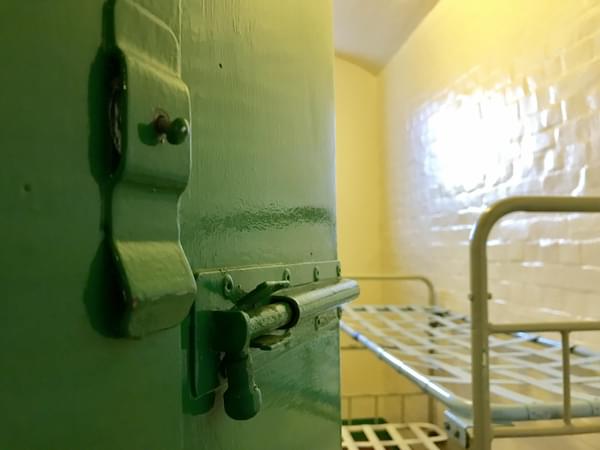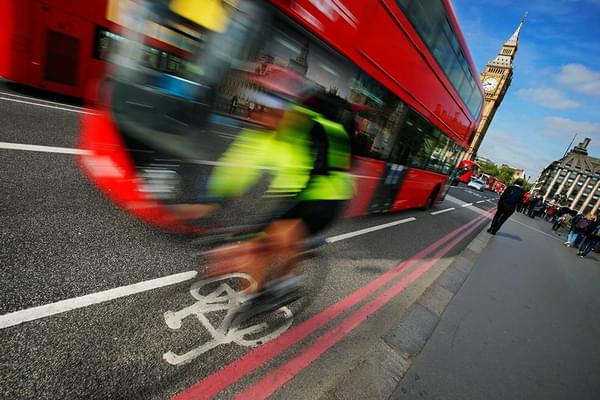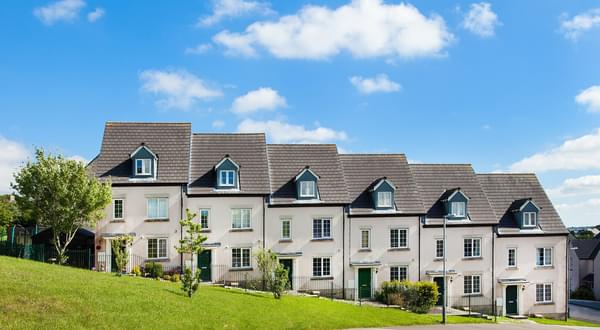Back to Articles
Reshaping Birmingham's city centre with an ambitious Transport Plan
Rebecca Lydon \ 21st Feb 2020
Without wanting to be a 'stick in the mud', I’m concerned by some of the initial responses to the Draft Transport Plan for Birmingham. With initial national press coverage on 'banning' cars in Birmingham city centre and even my dearest mum passing negative comment, we seem to be at risk of forgetting the bigger picture during the public consultation period (28th January-27th March).
In truth, the much maligned Clean Air Zone (CAZ) which comes into effect in summer this year was mandated by government to improve our appalling air quality figures back in July 2017. The CAZ will not 'ban' private cars but will introduce a round the clock charge for higher polluting vehicles (pre-2015 diesel engines and petrol cars manufactured before 2006) travelling within the zone, subject to transitional arrangements for the first two years and a number of exemptions (click here for further guidance from the Greater Birmingham Chamber of Commerce on how the CAZ may affect you or your business).
Like many other UK Local Authorities, Birmingham City Council (BCC) also declared a ‘Climate Change Emergency’ in July of last year. We are no longer operating in a 'business as usual' world because climate science tells us that we need to be operating at 'net zero' carbon as soon as possible to prevent catastrophic climate change.
Birmingham has set an ambitious net zero target of 2030 but to stand a chance of getting there we need some drastic behavioural changes and technological shifts over the next decade, particularly in relation to Transport which, according to the most recent ONS data, makes up at least a fifth of the UK total Greenhouse Gas (GHG) emissions.
So, in the context of the CAZ enforcement and the Climate Change Emergency declaration, the Transport Plan proposals need to be dramatic, not only to tackle air quality and climate change issues but to drive the required investment in public transport and active travel infrastructure that will result in changes to people’s attitude to travel in and around the city.
Improvements to deliver the Councils future vision for transport are proposed through a series of 'big moves', with some controversial proposals outlined under the following four headings:
- Reallocating road space
- Transforming the city centre
- Prioritising active travel in local neighbourhoods
- Managing demand through parking measures
I'll admit at this point that I have been 'down the rabbit hole' for a little while getting my head around how the Draft Transport Plan proposals fit within the wider framework of the CAZ requirements, the Parking SPD and the Capital Programme within the Birmingham Financial Plan 2020-2024 which maps out £217.2 million worth of spending related to transport connectivity (3).
The delivery plan at page 35 of the Draft Transport Plan has been particularly helpful, providing a fairly comprehensive list of proposed schemes as they relate to the 'big moves' and a timeline for delivery upon which to base further review.
Reallocating Road Space
Representatives of the Council have been first to admit that in the past, development has been 'for cars' rather than 'people' and that this must not happen going forward. We must take action to reduce the congestion caused by private car usage which then delays public transport journeys and reduces the flow of freight and commercial vehicles that are vital to the day to day operation of our city.
It's therefore unsurprising that the lion's share of the plan’s delivery components relate in some way to reallocating road space, almost as a common thread running through the majority of the short, medium and long term proposals. Up to 2024 this includes:
- CAZ and additional measures
- Traffic cells initiative - no through road
- Eastside, Westside and Solihull Metro extensions
- Upgrade/ reopening / new rail stations
- Sprint routes and cross city buses
- A Regional Transport Coordination Centre
- Public realm enhancements
- HS2 (continuing up until 2026)
With impeccable timing around re-election, Andy Street has also taken this 'Big Move' to the next level by producing an impressive 2040 Plan for Metro and Rail in the West Midlands which includes 8 new Metro lines and 21 new rail stations, at least 150 miles of new lines and around 380 new stops. Only when we have a network of this calibre can we expect to see a voluntary mass shift to public transport - but this comes at an estimated cost of £15 billion.
Though some of the above costs may be borrowed or funded by central government a large 'chunk' of the predicted £750 million per year bill (for the next 20 years) is likely to be sought from housing and commercial developer (S106) contributions. Worth noting also that this annual figure is also a lot more than the £217 million currently 'planned' over the next 4 years.
Transforming the City Centre
To paraphrase Stephen Arnold (BCC, Head of CAZ) at a recent event: we effectively have a motorway running straight into our city centre, the A38 (M), which accounts for 130,000 of the 200,000 trips recorded every day.
The main goal of the delivery proposals under this heading are therefore to reduce trip numbers by private cars into and out of the city via the CAZ and the TCI. These measures are balanced within the long term vision by improved public realm, segregated cycling and improved pedestrian routes and increased public transport offerings via bus, rail and Metro.
The timing of delivery for quick wins and positive measures to rebalance and refocus disgruntled commuters will be vital in making the Transport Plan proposals a success in the short term alongside the 'launch' of the CAZ.
Prioritising Active Travel
That provides a convenient segue into the active travel 'big move' because the Capital Programme actually outlines only £8.8 million for 'Walking & Cycling' (though there are separate small provisions made for 'safer routes to schools' and 'road safety') up to 2024.
If we are all able to access most of what we need via walking, cycling, public transportation or electric vehicles, we will secure significant environmental benefits - that's why it's called sustainable travel. But, speaking to friends and colleagues we have a long way to go in this area and only 8 of the delivery proposals are attributed to this 'big move' against 22 linked to reallocating road space. I wonder if the emphasis is slightly wrong here and that if more of the proposals detailed improvements along key commuter routes to encourage active travel behaviours there would be less 'bad press'.
Safe to say those who regularly commute by bike (not me!) say that the current cycling set up has fairly good routes up until you hit the city when it becomes very difficult to get in and across the centre. Rapid improvement to the cycle network would almost certainly get more people out of their cars and generate positive feedback with fewer cars and better routes making cycling safer and therefore encouraging more cyclists. Maybe not a measure to 'tick along' into the 2030s as is proposed but actually a 'big win' if a more definite commitment is made to delivery.
Managing Demand through Parking Measures
“Too much parking provision increases demand for private car travel, while too little can hinder economic and social activity, particularly in areas with limited access to public transport.”
- Ian Ward (Leader of BCC)
The final 'big move' and equally as unpopular with car users as the CAZ proposals are those around parking measures which include:
- A Workplace Parking Levy which would charge employers an annual fee for each workplace parking space they provide; and
- an extension of Controlled Parking Zones which would remove all free car parking from within the A4540 Middleway, from neighbourhoods on its outskirts and from local centres.
Upon review of the Birmingham Parking SPD you can see that the removal of parking could then support improvements to public realm or public transport or provide priority to walking, cycling, servicing and delivery, taxis, car clubs and electric vehicle charging infrastructure.
However, alongside the reduction of parking within the city centre, no new residential or business permits will be granted within the Inner Controlled Parking Zone. This seems to conflict somewhat with the premise that there will be release of Council owned car parks for residential and employment development to accommodate future growth, though I look forward to liaison with bus and rail providers and the Council on potential travel incentives that may be available for these development types.
To encourage public transport use, walking and cycling within the city centre, new large developments on the edge of the city or within urban centres and growth areas will be required to consider making their parking publicly available to ensure efficient use of land, reduce parking pressure and support the local economy.
So, in the short term the Plan and its supporting documents appear to contain much more 'stick' than 'carrot', forcing some of the necessary changes in behaviour BUT also opening up a whole host of opportunities to improve sustainable transport in and around Birmingham. The Property Development and Construction industries should actively support the delivery of the Transport Plan proposals that enable or encourage active travel (and which will require investment well beyond the current Finance Plan period and on into the next decade) and help reinforce the long term benefits of a healthier, more sustainable city to the wider public through their projects.
This article originally appeared on Rebecca Lydon's LinkedIn.






